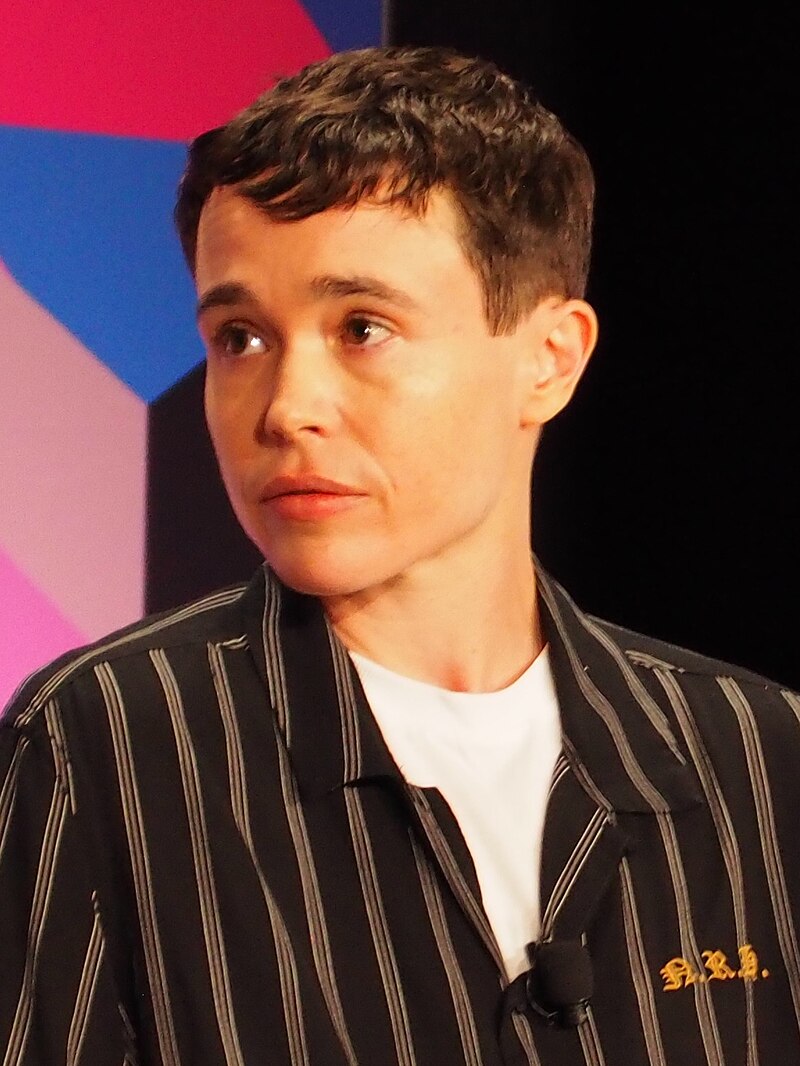 We’re at a point where conversations about climate change don’t focus on whether or not the problem exists but when it is going to reach its peak.
We’re at a point where conversations about climate change don’t focus on whether or not the problem exists but when it is going to reach its peak.
I don’t want to make mass generalizations, but I will assume that if you’re a reader of Peaceful Dumpling, concerns about climate change are, at the very least, on your radar. Perhaps you’re an ethical vegan who understands that your eating choices also benefit the earth. Maybe you’re purely plant-based for sustainability purposes. Or maybe you’re simply trying to limit your meat, dairy and egg consumption in the hopes of making a difference.
Even the smallest changes help, no doubt. I don’t want to discount what anyone does in their personal life to limit their environmental impact. But I’m here to address the harsh reality that this is not enough. What you eat, whether you recycle, your ability to use reusable shopping bags or remember your takeaway coffee cup or buy “sustainably made” clothing or beauty products or home goods, only does so much. It is still largely based on consumption, a behavior that contributes to environmental degradation even if done “responsibly.” And it disregards the fact that, perhaps, it’s already too late. That it’s likely the end of humanity is near, whether we change our habits or not.
This idea was recently brought to light by Paola Antonelli, senior architecture and design curator and director of research and development at the Museum of Modern Art in New York. Her upcoming exhibition, Broken Nature: Design Takes on Human Survival at the Triennale in Milan, is based upon two theses: That design can help humans survive the effects of climate disruption and, more bleakly, that it can help us cope with an eventual demise. That means not the demise of the earth, but of the human species.
After a roughly 200,000 year run, perhaps our time has come to move on and make room for other species to thrive. We’ve done so much damage already; who knows what could happen in a few thousand more years.
Antonelli says, “We’re proceeding faster than many other species that have become extinct…I don’t see any other possibility.” But she hasn’t curated this exhibit for the sake of being cynical. Rather, she wants viewers to take her exhibition as a new type of call to action. It serves as inspiration to embrace design as a means of support in tough times. Support for our own mental health (to create gives a sense of purpose), support for a prolonged future (strategic design may help extend the human life expectancy and develop creative ways to combat climate change), and support for a more elegant ending when that time does come.
I do what I can to lessen my impact on the earth, whether I continue to exist within it or not. Others may not see the point in this. “If I’m no longer present in this world, why should I care about its wellbeing?” I understand this stance; I’ve thought it myself at times.
But even if the end of humanity is, in fact, inevitable in our lifetime, is it right to grow jaded? Or is it better to redirect our energies elsewhere, in more productive, globally beneficial ways? I believe in the latter, and Antonelli seems to as well.
She believes that if solutions exist to extend the human species expectancy, they are interdisciplinary. Through design comes influence—in art, science, technology. It informs advancement in each of these realms as well as others. Each community must now band together to create change that cannot be done alone. While the efforts made in one’s personal life are admirable, they are much stronger when done alongside others. Not only can creative collaboration provide solace, but may also provide glimmers of hope in times of darkness.
The state of the earth right now is dire; the end of the human race in the next few decades seems highly likely, according to the best scientists in the world in the UN Intergovernmental Panel on Climate Change report. The possibility for change is there, but it requires immediate, drastic action. Namely, radical reconsideration of how to properly care for ourselves and other living beings.
And alas, if those actions are still not enough to save us, we can fall back on them as a way to go out in style, so to speak. To craft an elegant end of an era. Because isn’t it better to go out peacefully rather than to continue contributing to the degradation of our kind?
Related: What You Need To Know About The Green New Deal
California Wildfires Weren’t Caused By Poor Forest Management, FYI
Get more like this—Subscribe to our daily inspirational newsletter for exclusive content!
__
Photo: Kelly Sikkema on Unsplash; Icons8 team on Unsplash




